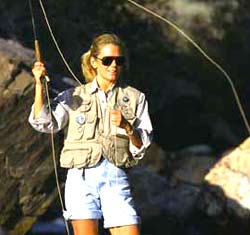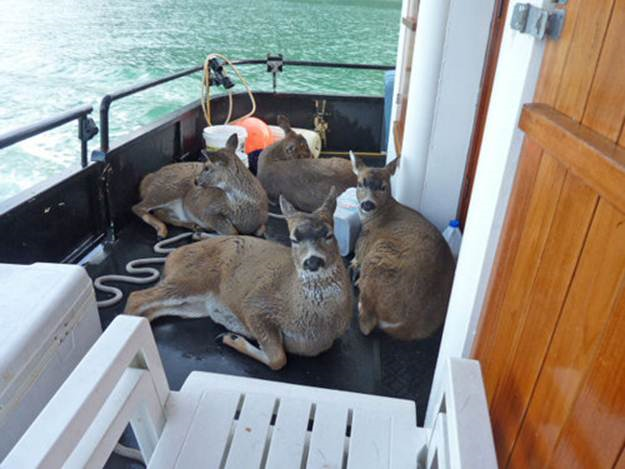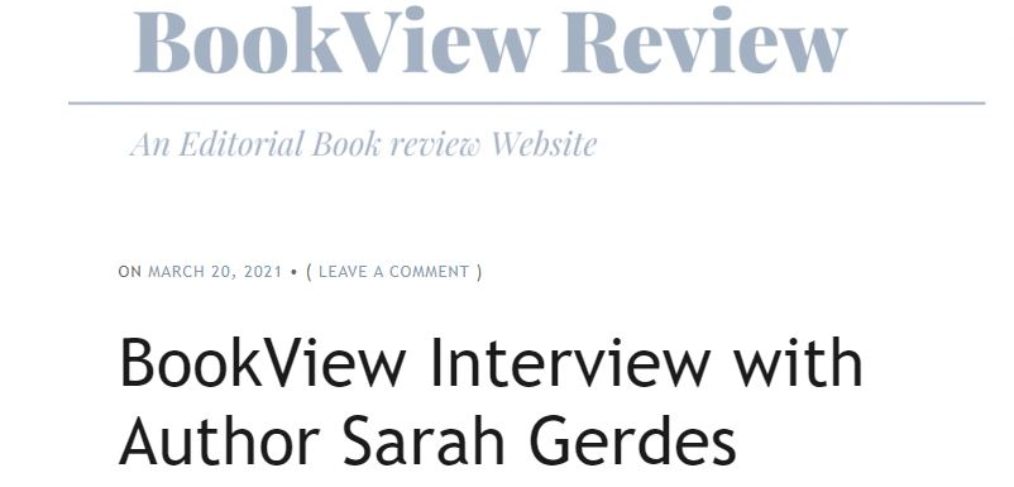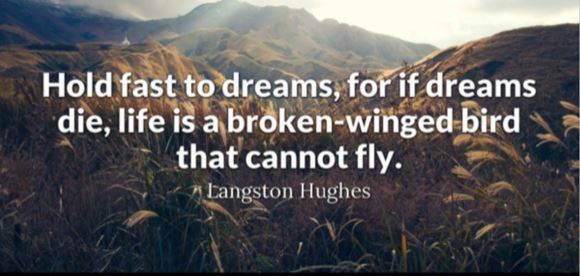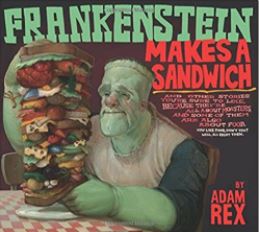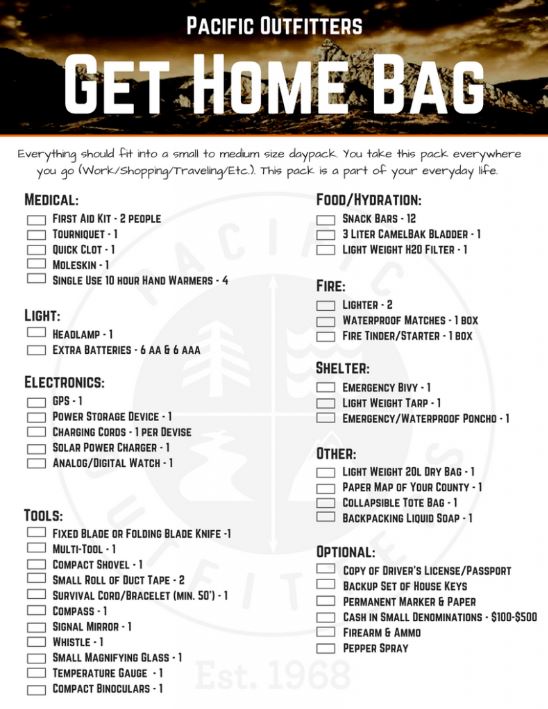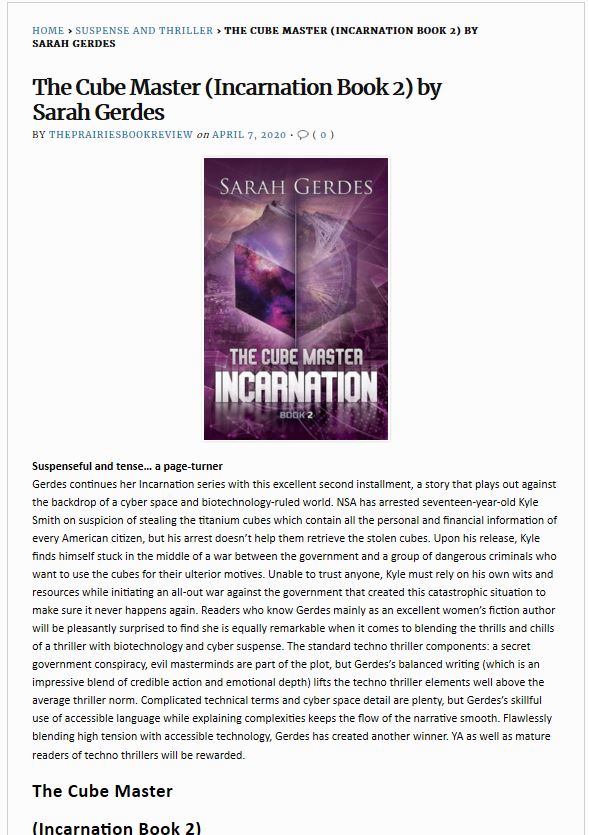A few days after writing the last block about how our little town of Coeur d’Alene has become a place of refuge for those fleeing the cities, it occurred to me that the upside has been far better than the down. While you might be tempted to assign it to my positive nature, or my pragmatic streak that includes “what you gonna do about it?” philosophy, but it’s neither. The truth is: I AM happy we have become a place for others to weather out a storm which may not go away for a very long time.
The top reasons why CDA is (still) the best even with more people
The economy boomed. While the state of Washington and Oregon shut down, residents didn’t wait for Amazon. They just drove ten minutes to come into Idaho to visit the Costco, Target and pretty much every restaurant. (Yes, wait times went from zero to two hours, but…)
Restaurants went on a hiring spree. Sure, initially the employees took the money and stayed home, causing the restaurant owners to become desperate. The good news? Washington residents came over, filled in the spots of those stay-at-home-thanks-to-the-covid-relief-money, and now, most of them have remained a year later.
Everyone else did too. The outdoor stores, recreational stores from bikes to Kayaks and running…you name it, the retailers exploded because why? You had to stay home and the government encouraged you to socially distance, which residents did–outdoors. This means a custom-made Kayak has a three-year wait list, so consumers are spending that + more on items for things to do NOW.
Idaho budget surplus exploded. A year ago, the fiscally responsible folks in Boise had a surplus of over $50M. Before the end of the year, it was over $650M. The local hot tub place, 3rd generation–went from no wait list, to one year, now it’s about two years as well–all paid in advance. Which means more taxes to the government, resulting in…
Lower Taxes on the horizon. New York and California face budget crisis. Not Idaho. Pretty much across the board, taxes are set to decline. Now, to put this in context, when we moved here, our taxes in Maple Valley, Washington were @$19K for a five-acre property with home. Here, we have 10 acres and the taxes are running around $5K. Back in Seattle, private school was $12K per student. Here, they were $5.5K, but the public Charters school is top 50 in the country, and it’s….FREE. You add all this up and…silence. No ka-chings at all. The silence is wonderfully deafening.

Our orthodontist is still in business. Our ortho, who served as President of this specialty poured $100K’s of thousands of his own money into new ventilation systems, and used his personal savings to pay his employees during the bleakest of times. Sadly, straight teeth didn’t make anyone’s list of ‘critical’ services, so he was shut for months and going into the hole. As I made an appt for my daughter last week, a regular four-day wait is now six weeks, but I’m happy–nay–I’m thrilled to wait. That’s still five months shorter than it was in Seattle six years ago, and I want his coffers to get full again! This leads to…
More employment for the newcomers. The front desk gal (at the ortho) was all alone, down two people. One decided to get married/have babies, the other just decided to switch jobs. Now, with new clients overflowing, the office staff is hiring. Required skills? Happy personality, task oriented and can answer the phone. Pay? About $20 an hour.
The schools are bursting. With the two schools attended by our children, this is a great thing. Limits on classroom size exist, but to have thriving, diverse communities is good. Sharing the (financial) load is divine, but it’s more than that. It’s also the contribution and vitality ideas gifted by excited, enthusiastic parents.

Retirees are getting a great payout. Okay, so home prices are still at an all-time-high, but guess who this serves? Aging people who have lived good lives and now are getting the payout of their dreams. Sure, they don’t have a (local) place to go to, but their bank account can carry them for years if they make the right choices. Four families have left my community in the last six month–two more just this month! In those two recent cases, one is moving down to be with children in another state (where they can now afford to live) while the other is setting down roots near a river in Eastern Idaho.
Newcomers are (mostly) like minded. If they are escaping someplace they don’t like, odds are they want what is offered here. Not all of course, but that adds to the diversity and discussion of life.
Best of all…the views don’t change. The meager lights of the city don’t impact the lights on the waterfront…those were developed long ago. And you know why lakefront property is at such a premium–and always has been? Vast swaths are unbuildable. No roads to the land or way to arrive save for the boat. It takes a deep-pocketed, strong-willed and determined person to use a parcel of land that’s mostly unhabitable. Furthermore, quite a bit of lakeside land has restrictions due to the grade of slope. What would make an Italian or Swiss person scoff makes the government here shudder. That’s a good thing. Keeps the light pollution down.






